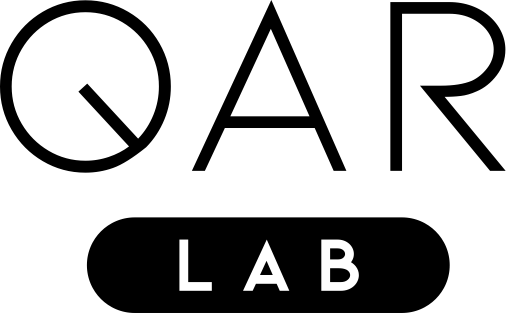Emergent Cooperation in Quantum Multi-Agent Reinforcement Learning Using Communication
Abstract:
Emergent cooperation in classical Multi-Agent Reinforcement Learning has gained significant attention, particularly in the context of Sequential Social Dilemmas. While classical reinforcement learning approaches have demonstrated to be capable of emergent cooperation, research on extending these methods to the emerging field of Quantum Multi-Agent Reinforcement Learning remains limited, particularly through the usage of communication. In this work, we apply the two-phase communication protocol Mutual Acknowledgment Token Exchange (MATE), its extension Mutually Endorsed Distributed Incentive Acknowledgment Token Exchange (MEDIATE), the peer rewarding mechanism Gifting and Reinforced Inter-Agent Learning (RIAL), an approach to learn a discrete communication protocol, to quantum Q-Learning. We evaluate the resulting eight approaches in terms of their impact on emergent cooperation in three Sequential Social Dilemmas, namely the Iterated Prisoner’s Dilemma, the Iterated Stag Hunt and the Iterated Game of Chicken. Our experimental results show that the approaches MATETD, AutoMATE, MEDIATE-I and MEDIATE-S achieved high levels of cooperation across all three Sequential Social Dilemmas, demonstrating that communication is a viable method to achieve emergent cooperation in Quantum Multi-Agent Reinforcement Learning.
Author:
Christian Reff
Advisors:
Michael Kölle, Leo Sünkel, Claudia Linnhoff-Popien
Student Thesis | Published May 2025 | Copyright © QAR-Lab
Direct Inquiries to this work to the Advisors

